Date: 21 November 2014
The printing requirements for these glass products vary a lot from architectural, automotive or domestic appliance products which has created a lot of new equipment and process solutions.The majority of these technical glass products require multi pass printing with high demands towards the registration of the different ink layers as well as a scratch free transport during the printing process and very tight tolerances of the printed layer thickness especially for large areas of functional printing layers.A further challenge of these new glass products is the thin raw glass which is used.For most of these products it is below 2 mm and in some instances it can even go down to only 100 µm.
Thieme has addressed all these demands and developed a variety of different printing and transport solutions for these products, like a new edge alignment system for thin glass with air support or a shuttle transport system with closed table surface for 200 µm glass..jpg)
Picture: closed shuttle printing table
VISION CONTROLLED ALIGNMENT SYSTEMS
To address the high printing registration demands Thieme has focused on the development of camera controlled alignment systems and can offer different machine concepts with automatic camera controlled substrate alignment and automatic camera controlled screen alignment system.
Depending on the machine concept the substrate can be automatically aligned using the glass edge or a registration mark on the glass which can be engraved with a laser system or printed. In some instances this allows the reduction of the alignment tolerance to below 20µm.
Beside the substrate alignment it is also essential to have a very fast and accurate alignment of the screen. With the new camera controlled screen alignment system it is possible to align the screen automatically within 30 seconds within a tolerance of up to +/- 20 µm. This new feature makes also a great contribution for the reduction of the set up time.
ADVANCED PRINT CONTROL (APC)
Every ink prints out different !! This is a fact a lot of printers and process specialist are not aware off. This means two identical inks with only different colour printed with the same screen will show a different print length. This means even using a high precise substrate alignment system and an automatic screen alignment system with a very small alignment tolerance will not guaranty a 100% accurate print which will require a manual correction on the screen or substrate position by the operator.
To avoid such a manual correction which can be very complex especially by printing with tide tolerances Thieme has developed a new software tool called APC which will measure the position of the second print in relation to the first print and automatically correct the screen position.
NEW TRANSPORT AND STORAGE SYSTEMS
Most of these technical glass applications require a multi pass printing with up to 6 prints. Due to different drying requirements for the different prints and the complexity of the production process it is not possible to use a multiple inline printing concept. This means that after every printing step the glass panels have to be stacked after drying and returned to the printing machine for the next print run. In order to make this additional substrate handling easy and cost efficient Thieme has developed and manufactured new mobile storage concepts with automatic loading and unloading. These customized systems can be supplied with different mobile storage solutions like storage cassette or trolley..jpg)
Picture: Storage cassette solution for 200µm glass
NEW DRYING SOLUTIONS
Quite a few of these new applications need a much more intensive drying as common in the past. The temperature ranch as gone up and some products have to be cured at a temperature of up to 300°C or they require intensive UV curing. Therefore Thieme is offering now hot air drying systems which can be combined with IR-lamps for a temperature range of up to 300° C and intensive UV curing systems with up to 3 lamps with 170 Watt/cm. Two of these lamps are installed from above and one from below the belt transport system to give an additional curing through the glass. Due to the increasing demand for dust free printing and drying all drying solution can be optionally equipped with air filter systems.



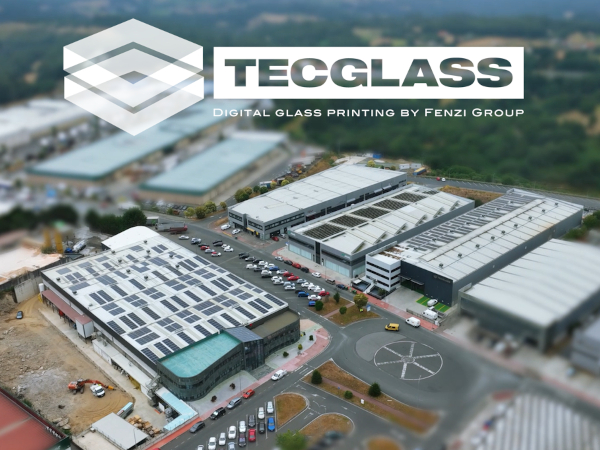
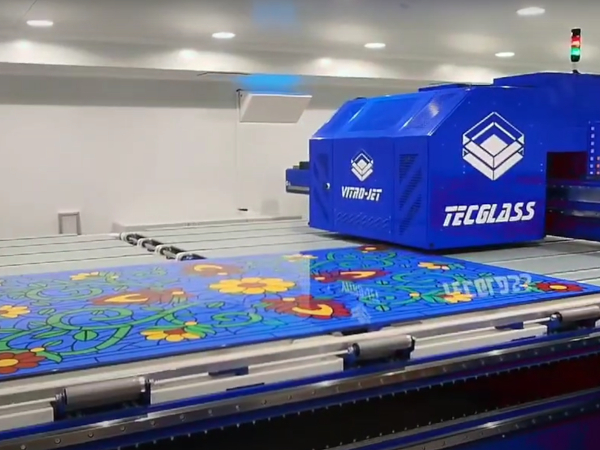
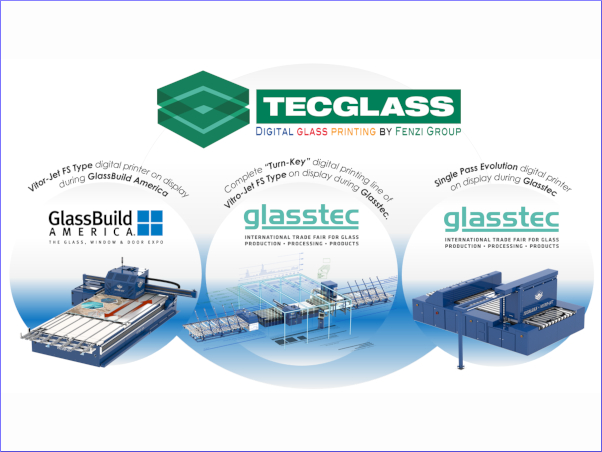
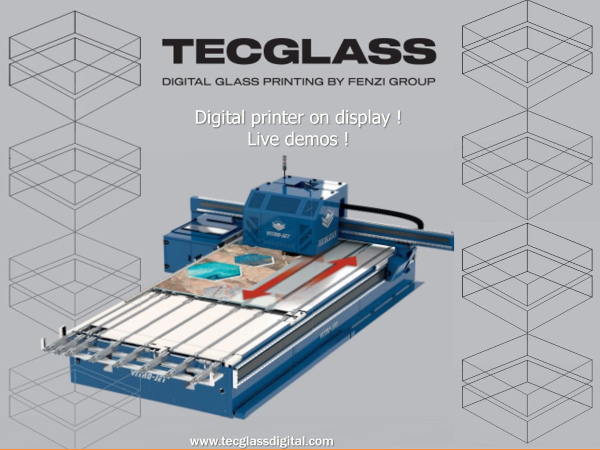

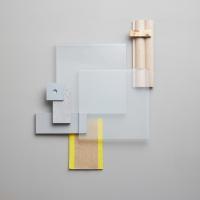
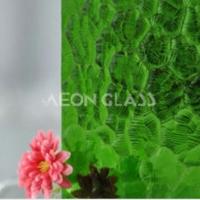
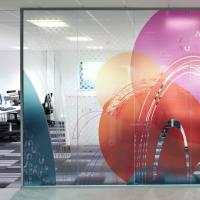


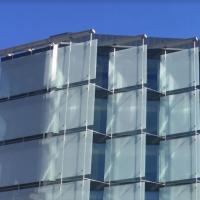
Add new comment